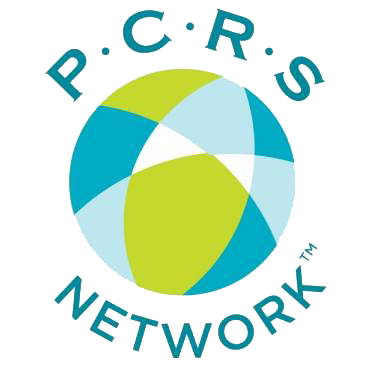This is the sixth installment in the series on changes coming to the Clinical Research enterprise that John Neal, CEO of PCRS Network, LLC, began in April 2016, with the prediction that “major changes are coming that will be disruptive, displacing many people currently working in the industry.”
John first presented that prediction, and those that have followed, at the ACRP 2016 Meeting & Expo in Atlanta in April 2016 in a presentation on the “Future of Clinical Research” during the ACRP Executive Summit on Site Strategies.
For background information as to what is driving the changes John predicts are coming, please see the first article in this series titled “Change is in the air.”
Based on his research, John made eighteen primary predictions at the Summit. Because he based each prediction on numerous interviews, significant background data compiled in researching the topic, and other relevant information, we are presenting them in a series, with one or more predictions incorporated into each post, presented approximately weekly in the ACRP Online Community Open Forum. You can find each post here, with the details posted in the ACRP Online Community Open Forum at http://community.acrpnet.org/home. The ACRP Online Forum is available to all ACRP Members in good standing.
In his first five posts, John predicted that . . .
- Major changes are coming that will be disruptive, displacing many people currently working in the industry
- There will be a decrease in the number of single drug studies in the future;
- The process by which Sites are selected to conduct studies will be radically transformed, and
- fewer sites will be needed in the future
- Fewer Principal Investigators will be needed in the future, and
- Sponsors will slowly begin increasing the number of subjects each site is allowed to enroll
- Attention will turn more toward prevention, rather than cures
In this post, I predict that there will be fewer studies involving large numbers of subjects as attention turns toward rarer diseases.
As I noted in the fifth post of this series, there are now effective treatments for many of the diseases that historically plagued large numbers of people. But there remain many diseases, including genetic disorders and orphan indications, for which there are no effective treatments . Even oncology studies will be focused on more specialized cancers.
When I asked Dr. John Hubbard, President and CEO of BioClinica, what the focus will be for studies in the future he stated “Certainly there will be a focus on oncology, but companies are looking at other therapeutic areas like neuro science and Alzheimer’s diseases, and diseases where there may be a strong genetic link.”
So, why now? Why hasn’t there been greater focus on finding effective treatments or cures for rare diseases in the past. In large part, it is because of the potential returns that have existed on developing a blockbuster drug for diseases like Hepatitis C that affect very large numbers of people worldwide. As we tick more large scale diseases off of the list, dollars naturally find their way to the next best potential return on investment. And as technology has evolved, new more cost effective ways to study rare diseases are being developed.
For example, opportunities for the study of Parkinson’s disease, in ways that collect much more data than could possibly be captured in a traditional clinical visit, have been created by the advent of wearable technologies. Some wearable devices are capable of collecting 300 data points per second.[i] Combined with the prospect of the use of artificial intelligence, wearable devices that can detect motion, heart rate, and even brain activity, hold great promise for a leap ahead in collection and analysis of data.
Similar opportunities for expanded research into Alzheimer’s disease (and many others) exist based on shifting needs to meet desired returns on investment, combined with the potential to collect data and perform studies in ways unimaginable until recently. Says Dr. Hubbard, “If we’re trying to follow patients that are at risk for Alzheimer’s disease, where you may have to follow them for 10 years or more before they develop symptoms, you can’t run them the way we traditionally run trials. It would cost billions of dollars. You have to rethink the paradigm for studying those kinds of chronic, progressive deteriorating diseases.”
As of March 2016, FDA had approved fewer than 500 drugs targeted for rare diseases.[ii] Today, there are approximately 7,000 known rare diseases, and many other diseases that are not classified as “rare” for which there are no effective treatments available.
Plenty of opportunity exists to develop needed treatments and cures. And plenty of pharmaceutical, biologics, and device companies will pursue those opportunities.
Share your thoughts on this topic and stay tuned for more predictions.
Check back soon to see prediction #7.
[i] Wearable Devices: Revolutionary Tools for Parkinson’s Disease Research, The Michael J. Fox Foundation for Parkinson’s Research, www.michaeljfox.org
[ii] Eric Chen, Jonathan Goldsmith, Vasum Peiris, FDA Insights on Products for Rare
Diseases and Pediatrics, May 17, 2016, www.FDA.gov


